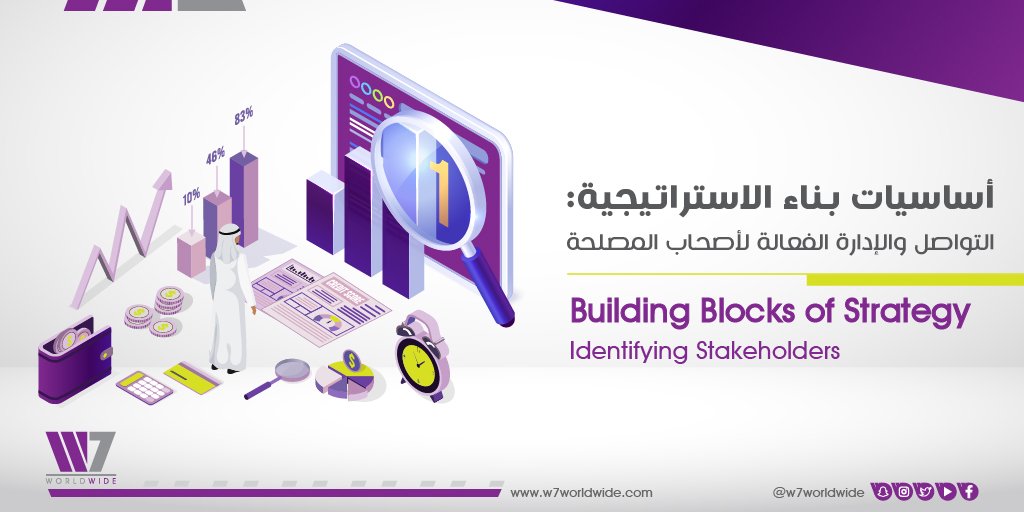Building Blocks of Strategy – Identifying Stakeholders
Stakeholders are an integral part of every communications strategy. Identifying them and their needs effectively can make or break your strategy.
A stakeholder is any person, group or organization who can place a claim on an organization’s attention, resources, or output. They have a stake in the organization and therefore something to gain or lose as a result of corporate activity.
Stakeholder management is the process by which you identify your key stakeholders and win their support. Stakeholder analysis is the first stage of this, where you identify and start to understand your most important stakeholders. Targeting stakeholders is not just about selling a product or a service, rather, it is about catering to their needs, anticipating their needs and enabling them.
Understand Your Stakeholders
You need to prioritize your stakeholders by their influence and understand what exactly motivates them. Once you have a clear understanding of what motivates your stakeholders, you need to win them around. You also need to work out how best to engage them, and how and when to communicate with them.
Questions that can help you understand stakeholders’ needs include:
-
What financial or emotional interest do they have?
-
What motivates them most of all?
-
What information do they want from you, and what is the best way of communicating with them?
-
What is their current opinion of your organization?
-
Who influences their opinions generally, and who influences their opinion of you?
-
Who else might be influenced by their opinions? Do these people become stakeholders in their own right?
Create Mutual Benefit
Stakeholders hold the key to the business and social environment in which your organization operates and therefore its subsequent success. This is why stakeholder relations should be an essential focus of your communications strategy. The aim is to influence their attitudes for mutual benefit. Stakeholders need to gain from the relationship with your organization, so a skilful approach is required to build the right balance.
The rise of social and digital media and an information rich environment have driven the importance of effective stakeholder management. The benefit is that two-way communications is made possible for organizational messages to directly reach your stakeholder audiences, but only if they are used properly, with the right message via the right channel and at the right time. The task of the PR professional is to give your stakeholders access to information about the organization, educate them about the company’s values and achieve a mutually beneficial relationship.


